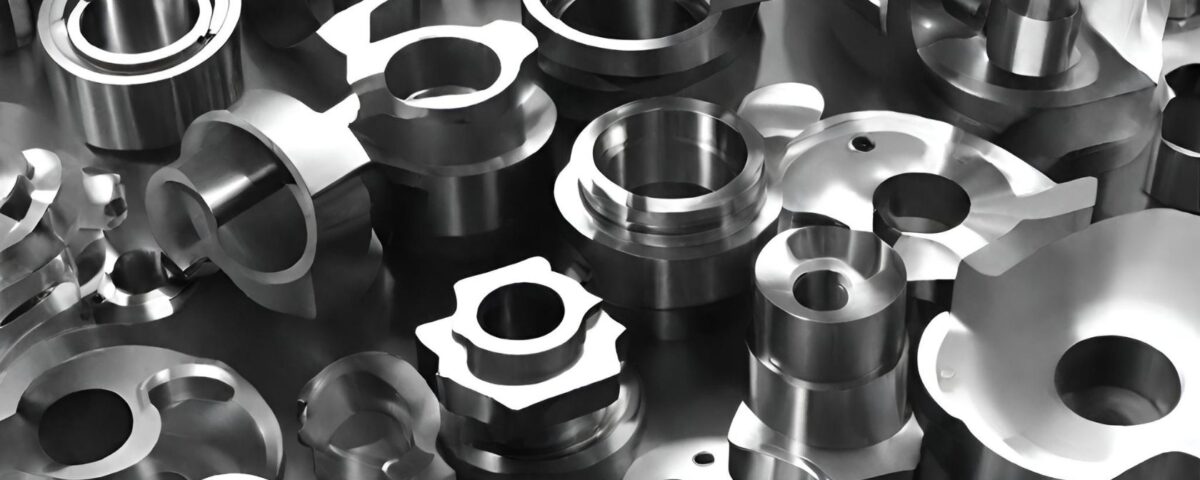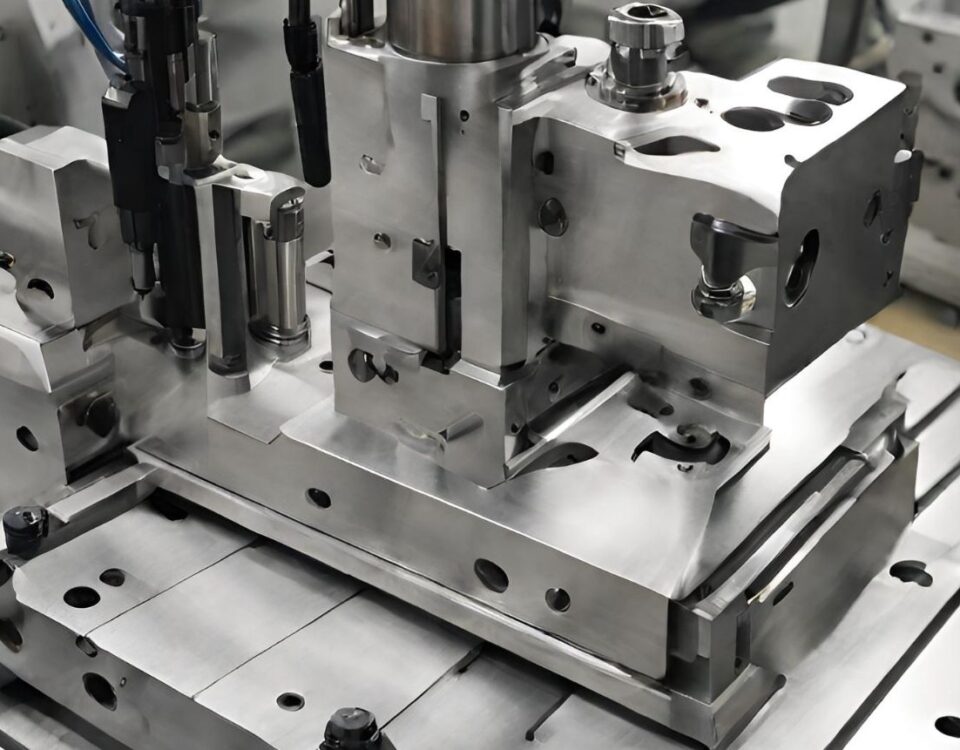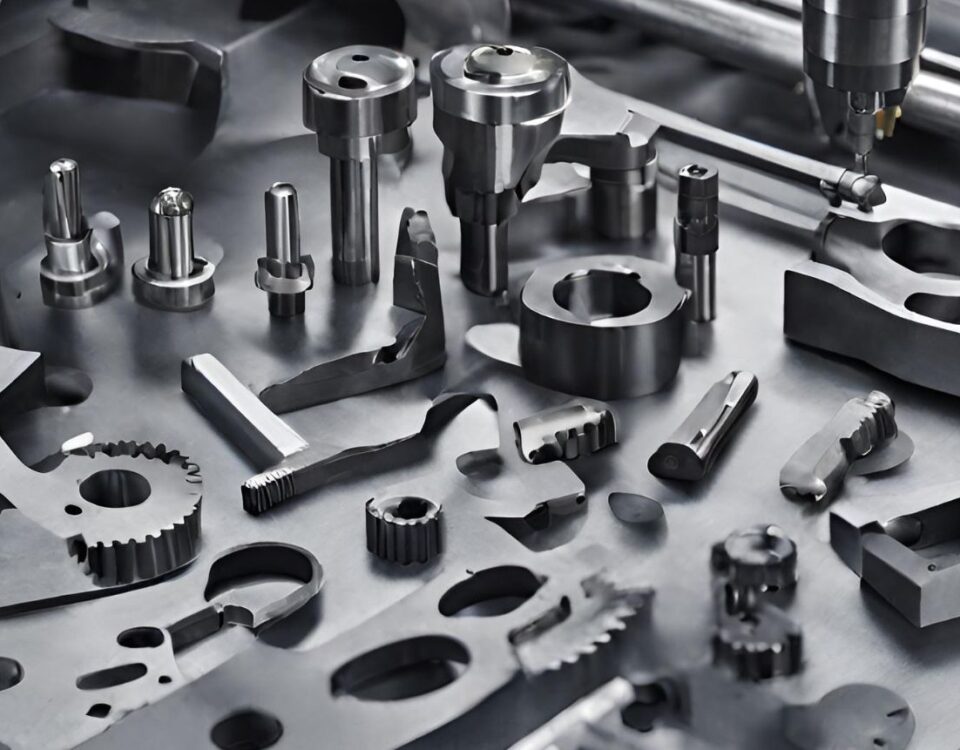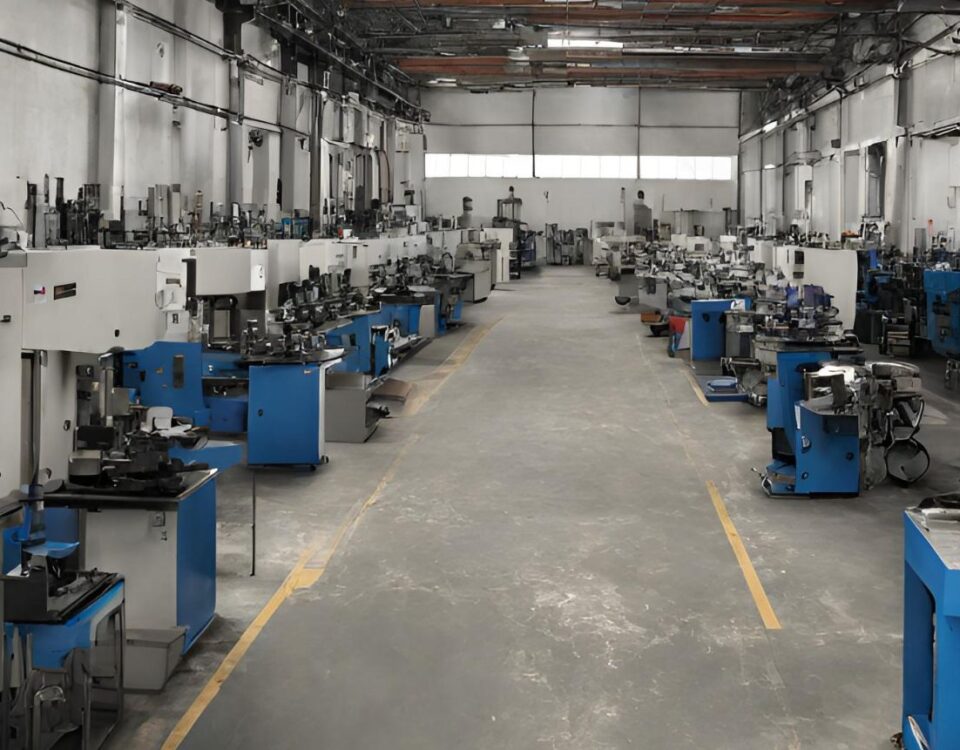
The Art of Precision: Mastering Machining and Fabrication Techniques
29 February 2024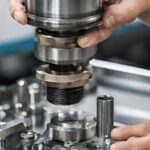
Mastering the Art of Precision Manufacturing: The Key to Flawless Products
4 March 2024The Importance of Machining Components: Enhancing Efficiency and Precision in Manufacturing
In today's fast-paced manufacturing industry, efficiency and precision are key to success. Machining components play a vital role in achieving both these objectives. From automotive parts to medical equipment, machining components are used across various sectors, ensuring that products are fabricated to the highest standards.
By using advanced technology and techniques, machining components enhance the efficiency of the manufacturing process. By removing excess material and creating complex shapes with precision, these components minimize wastage and reduce production time. This results in higher productivity and cost savings for companies.
Moreover, machining components ensure the accuracy and quality of the final product. With tight tolerances and precise measurements, manufacturers can consistently produce high-quality components that meet customer specifications. This enhances customer satisfaction and builds a reputation for reliability.
In conclusion, machining components are essential in manufacturing industries, providing enhanced efficiency and precision. By investing in modern machining techniques, companies can stay competitive, meet customer demands effectively, and drive growth in the industry. So, whether it's aerospace or electronics, machining components are the backbone of modern manufacturing.
Understanding the Role of Machining in Manufacturing
Machining plays a crucial role in the manufacturing industry, serving as a fundamental process for fabricating high-quality components. It involves utilizing various techniques and advanced technology to shape and refine raw materials into precise and complex forms. The process of machining involves the removal of excess material, creating intricate shapes, and achieving tight tolerances to meet specific requirements.
In the modern manufacturing landscape, where efficiency and precision are paramount, machining components have become indispensable. From small intricate parts in electronics to large and robust components in aerospace, machining is utilized across various sectors to create products that meet the highest standards.
The Benefits of Using Machining Components
Using machining components in the manufacturing process offers several benefits. First and foremost, it significantly enhances efficiency. By removing excess material and creating complex shapes with precision, machining components minimize wastage and reduce production time. This leads to higher productivity and cost savings for companies.
Furthermore, machining components ensure the accuracy and quality of the final product. With tight tolerances and precise measurements, manufacturers can consistently produce high-quality components that meet customer specifications. This not only enhances customer satisfaction but also builds a reputation for reliability.
In addition to efficiency and precision, machining components offer versatility. They can be used on various materials, including metals, plastics, and composites, making them suitable for a wide range of industries. Whether it's automotive, medical, or electronics, machining components provide the flexibility to create customized products that meet specific industry requirements.
Factors to Consider When Choosing Machining Components
When it comes to selecting machining components, several factors need to be taken into consideration. These factors play a crucial role in ensuring the efficiency and precision of the manufacturing process.
1. Material Compatibility: Different machining processes are suitable for specific materials. It is essential to choose components that are compatible with the material being worked on to achieve optimal results.
2. Tolerances and Specifications: The required tolerances and specifications of the final product should be considered when selecting machining components. Components with high precision and tight tolerances are necessary for industries where accuracy is critical, such as aerospace and medical.
3. Durability and Longevity: Machining components should be durable and able to withstand the demands of the manufacturing process. Components that wear out quickly can lead to increased downtime and production costs.
4. Cost-effectiveness: While precision and quality are essential, it is also important to consider the cost-effectiveness of the machining components. Balancing performance and cost can help optimize the manufacturing process.
By considering these factors and choosing the right machining components, manufacturers can ensure the efficiency and precision of their production processes.
Enhancing Efficiency with Machining Components
Machining components play a significant role in enhancing efficiency in the manufacturing process. By utilizing advanced technology and techniques, manufacturers can streamline their operations and achieve higher productivity.
One of the key ways machining components enhance efficiency is by reducing material wastage. Through precise cutting and shaping, excess material is minimized, resulting in significant cost savings. Additionally, machining components enable manufacturers to create complex shapes and features that would be difficult or impossible to achieve with other methods. This eliminates the need for additional processes or assembly steps, further reducing production time and costs.
Furthermore, machining components allow for automation and computerized control, enhancing efficiency even further. CNC (Computer Numerical Control) machines, for example, can perform complex machining operations with minimal human intervention, reducing the risk of errors and increasing overall productivity.
By investing in modern machining techniques and utilizing the right machining components, companies can maximize efficiency, reduce costs, and stay competitive in the fast-paced manufacturing industry.
Achieving Precision in Manufacturing with Machining Components
Precision is a critical factor in manufacturing, especially in industries where accuracy is paramount. Machining components play a vital role in achieving the required level of precision, ensuring that products meet the highest quality standards.
One of the key factors contributing to precision is the tight tolerances that can be achieved with machining components. These components allow for precise measurements and fine adjustments, ensuring that each product meets the specified requirements. Whether it's creating intricate medical devices or aerospace components, machining components enable manufacturers to achieve the desired level of accuracy.
Moreover, machining components offer repeatability, allowing manufacturers to consistently produce components with the same level of precision. This is particularly important in industries that require interchangeable parts or components that need to fit together seamlessly.
Additionally, with advancements in technology and the use of advanced machining techniques, manufacturers can achieve even higher levels of precision. For example, the use of 5-axis machining allows for the creation of complex shapes and contours with unparalleled accuracy.
By leveraging the precision capabilities of machining components, manufacturers can ensure the quality and reliability of their products, ultimately leading to customer satisfaction and loyalty.
Common Challenges in Machining Component Production
While machining components offer numerous benefits, there are also challenges that manufacturers may face during the production process. These challenges can impact efficiency and precision if not properly addressed.
One common challenge is tool wear. Machining components, particularly cutting tools, can wear out over time due to friction and heat generated during the machining process. Tool wear can lead to decreased precision and increased production costs, as worn-out tools may produce components with dimensions outside of the required tolerances. Regular tool maintenance and replacement are essential to mitigate this challenge.
Another challenge is the complexity of certain machining operations. Creating intricate and complex shapes may require specialized equipment and techniques, which can be time-consuming and costly. Manufacturers need to invest in advanced machining technology and ensure that their operators have the necessary skills and expertise to handle complex machining operations.
Additionally, material selection plays a crucial role in machining component production. Some materials, such as heat-resistant alloys, can be challenging to machine due to their hardness and tendency to generate excessive heat. Manufacturers need to carefully select cutting tools and machining parameters to ensure optimal results when working with difficult-to-machine materials.
By identifying and addressing these challenges, manufacturers can optimize their machining component production processes, ensuring both efficiency and precision.
The Future of Machining Components
As technology continues to advance, the future of machining components looks promising. Several trends are shaping the future of machining, further enhancing efficiency and precision in manufacturing.
One of the key trends is the integration of machining with automation and robotics. As the demand for faster and more efficient production processes increases, manufacturers are turning to automation to streamline their operations. The combination of machining components with robotics enables increased productivity, reduced human error, and improved safety.
Another trend is the development of additive manufacturing, also known as 3D printing. While machining has traditionally been associated with subtractive manufacturing, where material is removed to create the desired shape, additive manufacturing allows for the creation of components by adding material layer by layer. This technology offers new possibilities for complex geometries and customization, complementing traditional machining processes.
Furthermore, advancements in machine tool technology are driving the future of machining components. High-speed machining, precision grinding, and multi-axis machining are just a few examples of the developments in machine tool technology that are pushing the boundaries of what can be achieved with machining components.
In conclusion, the future of machining components is characterized by automation, additive manufacturing, and advancements in machine tool technology. These trends are set to revolutionize the manufacturing industry, enhancing efficiency and precision in the production of high-quality components.

